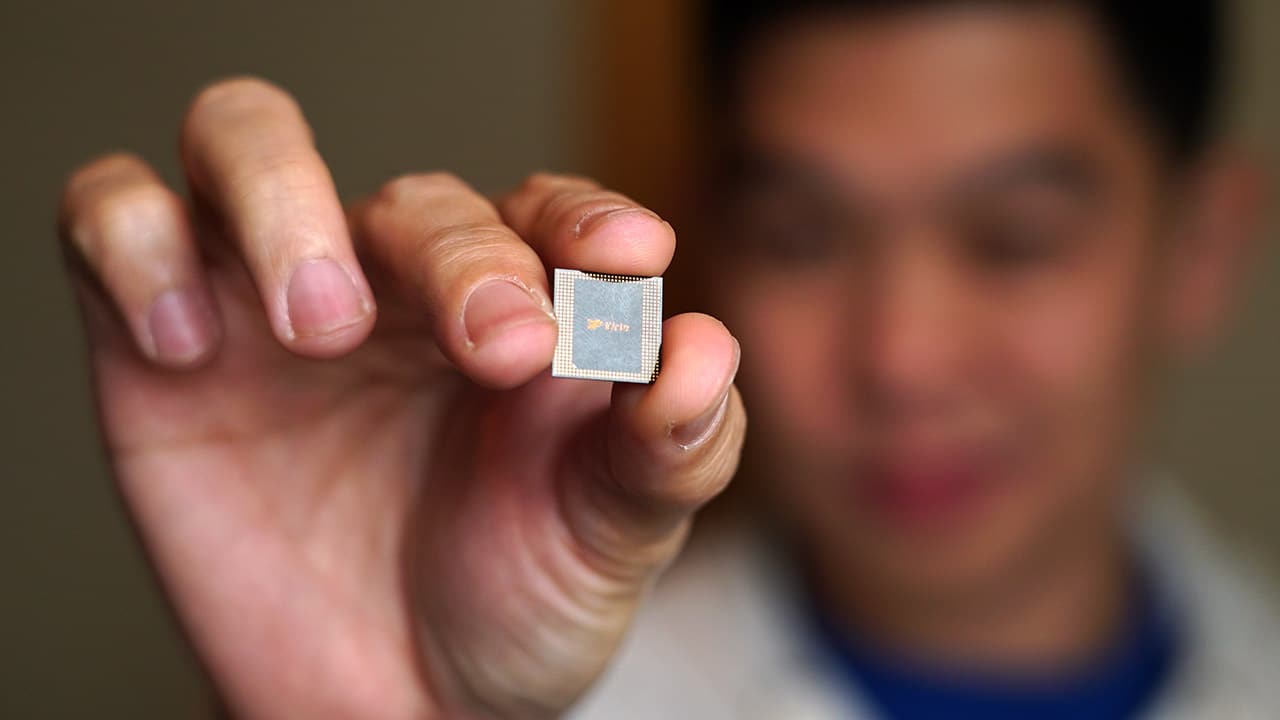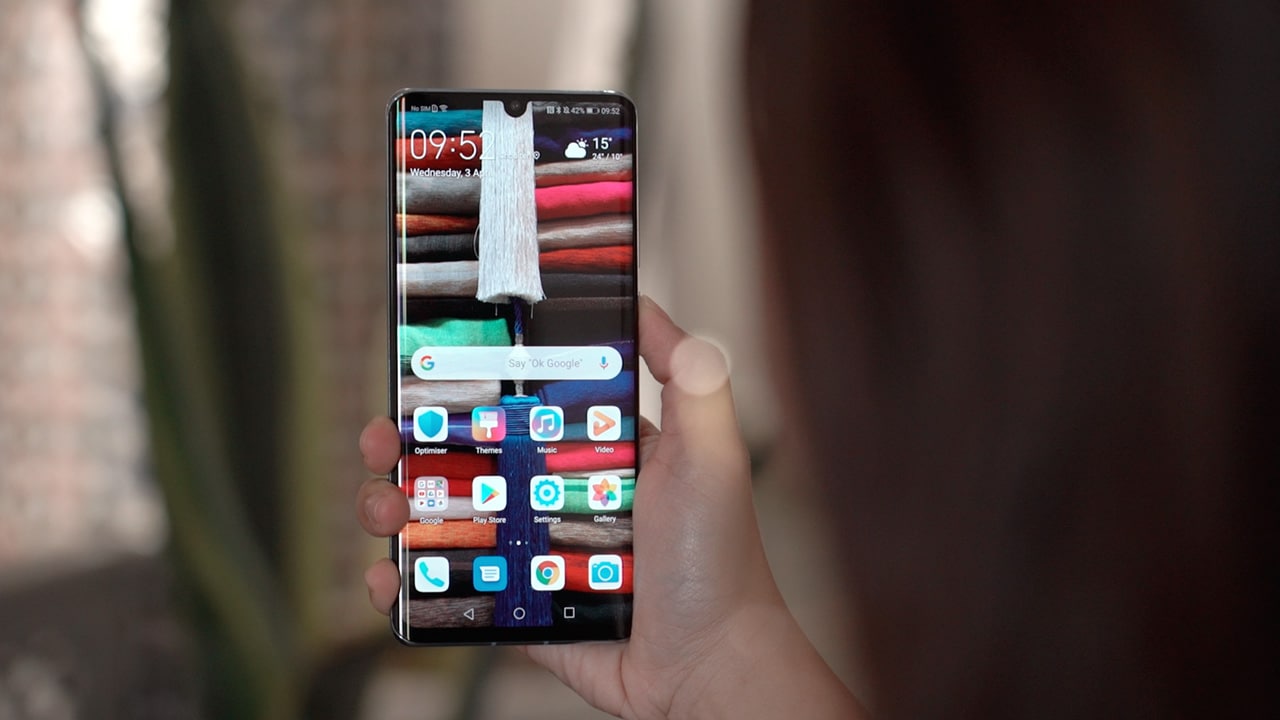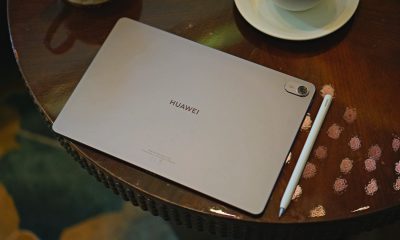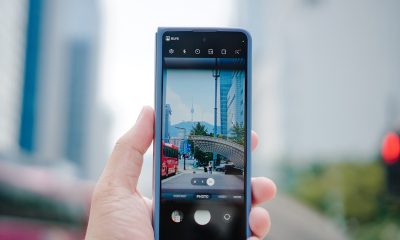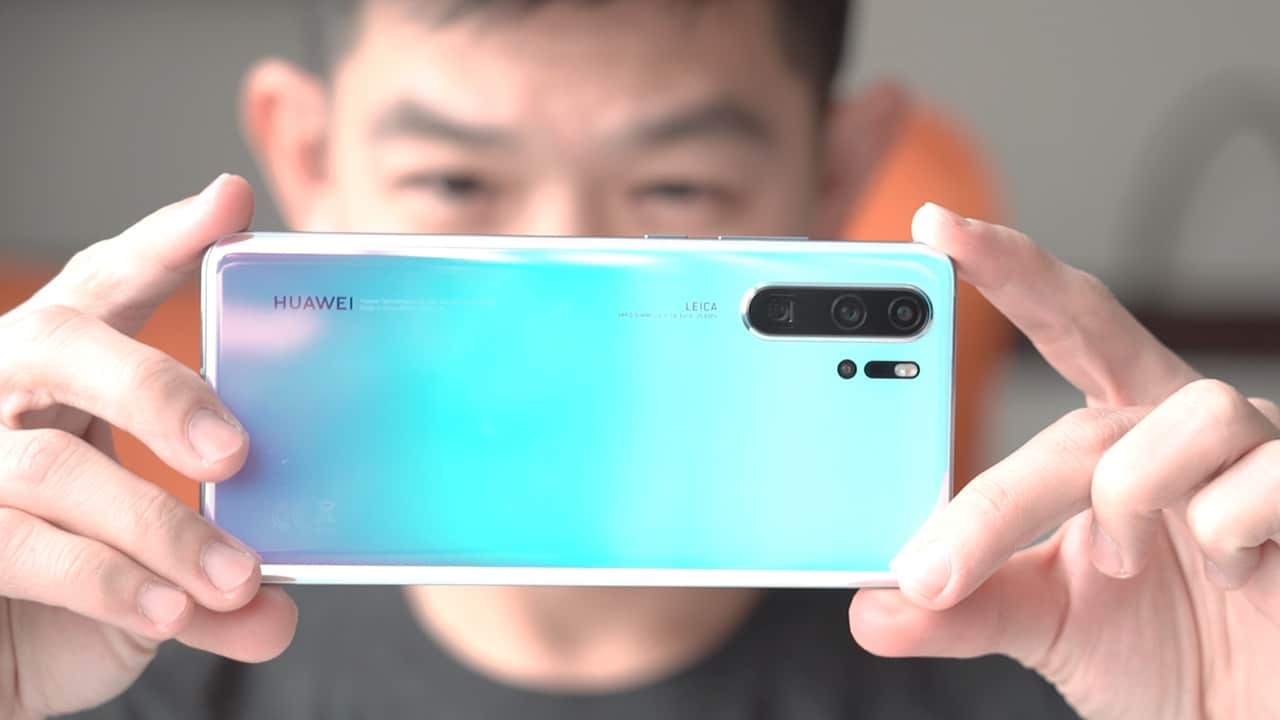
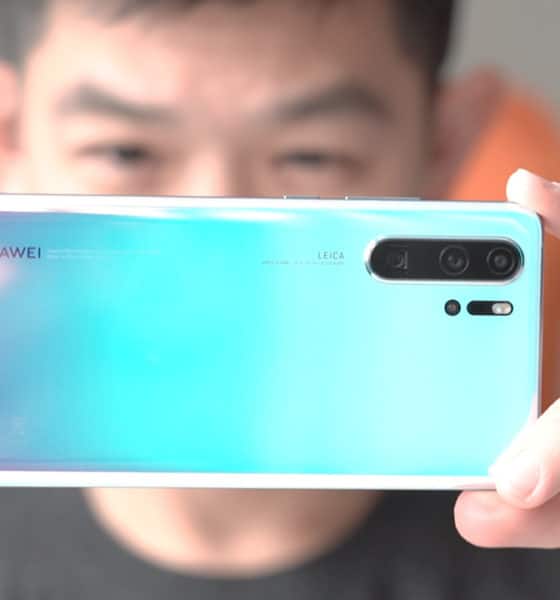
Who’s afraid of Huawei? Right now, everyone is. Does anyone really know why?
Since 2017, the US has dealt continuous blows against the Chinese company. More than two years later, the war is still in full swing. Both sides have fired multiple salvos against the other. Still, despite the conflict’s longevity, most people are not really sure what’s happening.
Why are they fighting? Should we stay away from Huawei? Is it time to get rid of our Huawei devices as soon as possible? Should we really fear for our cybersecurity?
For ordinary consumers, the entire Huawei debacle is mired in political lingo and endless controversy. It’s time to clear the air. What’s up, Huawei?
How did this all begin?
Let’s go back to where it all started. In late 2017, American lawmakers reviewed the businesses of ZTE, another Chinese tech company. Soon after, the investigation unveiled a flurry of shady business deals involving Iran. By law, companies operating in the US are not allowed to communicate with blacklisted countries including North Korea and Iran. Naturally, the violation caused monumental sanctions against ZTE. The US banned ZTE from American soil — effectively, the same ban on Huawei today.
At this time, Huawei was just a moderately innocent passerby stuck between two fighting giants. At most, Huawei was accused of spying on its customers. American lawmakers proposed a boycott of Huawei’s products. The proposal drew from the emerging rise of Sinophobia. Still, at the time, the US government’s eyes were firmly on ZTE.
In its infancy, the Huawei-ZTE issue was a product of a small fear. It still hadn’t affected everyone. In fact, US President Donald Trump even tried to save both companies from utter destruction. Both companies enjoyed a reprieve from America’s ire. However, this was short-lived.
In a surprising about-face, Trump started his controversial trade war against China. The American leader abandoned his salvific efforts. Instead, he adopted an incredibly aggressive push against Chinese companies. Unsurprisingly, ZTE already crumbled from the initial push, leaving Trump without a company to make an example out of.
Trump set his sights on Huawei, the world’s second largest smartphone maker. His weapon: the same ban meant for ZTE. His motive: potential cybersecurity issues. This time, America means business. Recently, Trump finally pulled the trigger, enacting a total ban against Huawei on American soil. However, instead of just the US, Trump has been lobbying for a similar ban on other countries. Since then, Huawei has suffered a world of hurt.
What does the ban mean?
Naturally, a “total ban” sounds daunting. Banning Huawei smells like certain doom for the tech giant but what does the ban really mean?
When enforced, Huawei can no longer deal with American companies. To Huawei’s dismay, the tech maker uses a fair number of American components in its products. Most notably, Huawei’s smartphones come with Google’s Android. The ban will prevent Huawei from using the operating system going forward. On paper, this is a huge deal. Android remains the world’s biggest operating system. A lot of consumers trust Android. Huawei is losing a massive chunk of its package with the loss.
As if that wasn’t enough, Facebook — and its slew of apps — have withdrawn from Huawei’s products. The company’s smartphones will no longer have Facebook, Messenger, Instagram, or WhatsApp installed out of the box. The threat is becoming real.
Additionally, Intel, Broadcom, and Qualcomm have blacklisted Huawei after Google’s announcement. Huawei has also lost the support of the ubiquitous ARM chip architecture.
It’s not looking good for the Chinese company. Huawei is slowly being dismembered. Faced with an army of bans, it’s natural to worry about Huawei. Worst case scenario, Huawei will become a mere shadow of its former self, devoid of the components that helped its recent success.
Should we really worry, though?
Not just yet. Right now, Huawei is enjoying a temporary reprieve. Soon after the initial ban, the American government granted the company a three-month extension. Until around the end of August, Huawei can still operate with its current partnerships. Except Facebook, its devices will still ship with the same components we love. At least for the near future, Huawei is safe.
In the meantime, Huawei is hunting for adequate alternatives for its failing parts. This means a new operating system, new chips, and likely an entirely new package. To its credit, Huawei’s development team is working around the clock. Only a month removed from ground zero, they are already promising optimistic developments for the future. Huawei remains confident in their future, launching a bevy of new phones amidst the controversy.
Likewise, some American companies are also lamenting the loss of business. Before the ban, Huawei was a loyal customer, delivering American components to a massive global audience. They aren’t happy with Trump’s ban. For one, Google has publicly defended Huawei. According to them, Huawei’s — and subsequently, the world’s — cybersecurity standards will collapse without a collaboration between international companies. With Android, Google can act as Huawei’s checks and balances against potential cybersecurity threats from malicious forces. If anything, Huawei still has its share of public defenders.
Most importantly, Trump still has the power to reverse the ban before the 90-day extension runs out. If China and the US reach a meeting point, all might go back to normal. Though uncertain, it’s too early to give up on Huawei just yet.
What will Huawei 2.0 look like?
Unfortunately, Huawei’s future is muddled with uncertainty. This includes any potential iterations in the future. As far as we know, Huawei isn’t bleeding from the multitude of losses. The company has reinforced its Kirin chipsets. Further, they are developing their own dedicated operating system codenamed Ark OS.
Other than that, there’s not much to go on. Speculatively, the biggest changes will come from its app supports. If Google leaves, Huawei will be left without the Play Store’s support and security. The Chinese company will have to rely on its own native software to power their phones. Unfortunately, an all-Chinese ecosystem is less than ideal for most. In fact, having one might even justify the American Sinophobia. But again, it’s all up in the air.
I have a Huawei phone. Should I just sell it?
No, you still shouldn’t. The grey market is already doubling down against the onslaught of Huawei returns. If you don’t know a willing contact, finding a buyer will be difficult. If you do find one, you’ll receive only a mere fraction of what you paid for.
At its current iteration, Huawei’s phones are still on top. They are a delight to hold and use, and if anything, have challenged its competitors to offer better value to consumers over the years. Right now, it’s best to play the long game. Wait and see what happens. If anything, Huawei — and its official partners — already has an insurance policy in place. Several retailers have declared a 100 percent refund policy in countries like Singapore. If Google cuts the cord, Huawei users can get their money back.
Similarly, Google has promised Android Q support for existing Huawei handsets. Just this week Huawei also announced the rollout of Android-based EMUI 9.1 to older models. If you already own one, a Huawei phone shouldn’t be an immediate cause for panic.
So, should we really be worried about Huawei?
Understandably, uncertainty isn’t an ideal for everyone. Huawei’s troubles are an excruciating thorn for both businesses and consumers alike. Switching to another brand is a natural solution against the company’s shaky future. However, if you’re looking at the silver lining, worrying is likely a premature reaction. If you’re not a Huawei user, the controversies shouldn’t affect you. If you’re already a Huawei user or looking to buy a Huawei device, it will likely pay off to play a longer strategy. After all, Huawei devices are still some of the best smartphones you can buy on the market.
Editor’s Note: Looks like we really shouldn’t worry after all. Not even an entire day has passed since this article was originally published but Huawei no longer banned in the US. Rejoice, Huawei users!


Launching your own smartphone company takes guts. Now, creating a sub-brand so soon after launching a new company takes a more enormous amount of confidence. However, if it’s confidence we’re talking about, OnePlus co-founder Carl Pei has that in spades. Only a few years since launching Nothing, the entrepreneur is now building a sub-brand called “CMF by Nothing.”
After announcing his departure from OnePlus, Pei quickly created his next venture called Nothing. Despite the name, Nothing offers something a lot more unique than standard smartphone fare. The company thrives on releasing devices with notable designs and hardware. The company already offers a fairly healthy lineup of smartphones and earbuds.
Now, Nothing has its sights set on another segment. Today, Pei has announced that CMF by Nothing will cater to a different market. It means “Color, Material, and Finish.” Color is certainly something different for Nothing, which releases products using more monochromatic profiles.
Instead of design innovation, CMF by Nothing will focus on “clean design.” It will also focus on accessibility and trusted quality. Given the scant descriptions, the sub-brand will likely offer more traditional devices.
Pei hasn’t announced much else about the new brand itself. However, he did reveal that the first products from the brand will be a pair of earbuds and a smartwatch coming later this year.
SEE ALSO: Nothing Phone (2) Review

Every major smartphone brand has a color or color combination associated with it. Samsung has blue; Xiaomi has orange; and OPPO has green. However, things are about to change for the green brand. OPPO is slowly draining its branding of all things green.
Most users will likely pass over the changed branding. OPPO hasn’t technically announced a major change explicitly. Instead, the company gradually started changing the branding’s colors in all of its channels. According to IThome, users in China, however, noticed the change through the company’s official website, which recently switched from a green logo to a monochromatic one.
In response, OPPO confirmed the gradual transition. In the future, the company’s branding will no longer have any color. In the meantime, it will still incorporate the traditional green in some channels and in “interactive visual designs.” Green isn’t going away entirely yet.
Now, the change shouldn’t affect a lot of users. Prior to confirming the transition, OPPO already removed green from a lot of accounts. A lot of them are using the logo in white font on a black background.
It’s quite a change for the company. Since its early days, the brand swirled around its colorful white-and-green color combination. Now, the company is gunning for something more premium-looking with a monochromatic look.
SEE ALSO: OPPO Reno10 series: Price, availability in the Philippines
Automotive
Ford Philippines’s retail performance rose to 55 Percent for H1 2023
Next-Generation models are at play
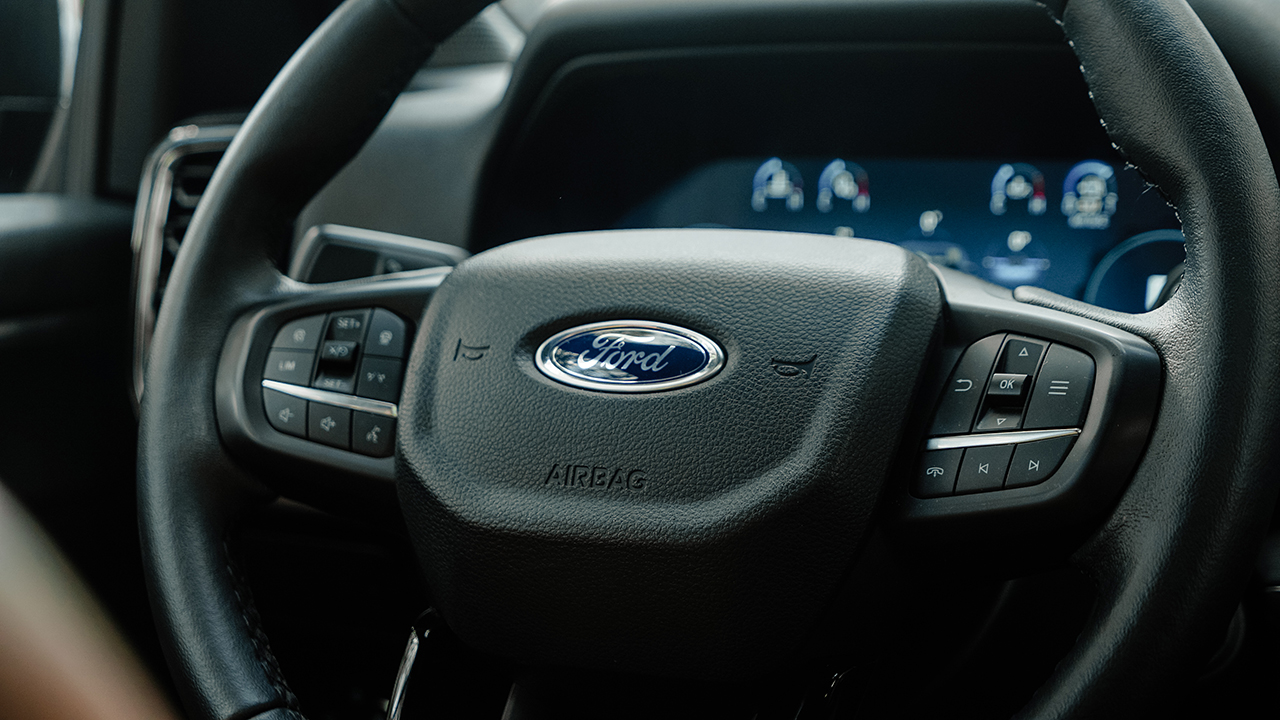
Way to go, Ford!
The automotive company delivered a strong retail performance for the first half of the year in the Philippines. Thanks to its Next-Generation vehicle lineup, Ford Philippines’s retail sales rose 55 percent from a year ago to 13,838 vehicles.
The Next-Generation Ranger became Ford’s top-selling vehicle in the country, with sales growing by 25 percent year-on-year to 5,436 units sold. The addition of the Next-Generation Ranger Raptor also boosted retail performance, with sales reaching close to 600 units since its launch in late May.
Furthermore, the newly-launched Next-Generation Territory contributed to Ford’s strong sales as well. Like its predecessors, it’s still the leading small SUV in the Philippines, with sales increasing by 22 percent to 4,493 units. The Next-Gen model also breached the 2,500-unit mark in less than three months after its launch at the Manila International Auto Show.
Meanwhile, the Ford Everest continues to thrive in the competitive mid-size SUV segment. It delivered strong sales performance, growing by 503 percent from last year to 3,786 vehicles.
Enhanced ownership experiences
Ford is committed to improving the ownership experiences, giving the Next-Gen Ranger, Territory, and Everest with a five-year warranty. Moreover, Ford Philippines also introduced new service initiatives designed to provide ease and convenience in owning a Ford vehicle.
For instance, Express Service is offered to customers who prefer to have their vehicles serviced in a more efficient way than the usual maintenance. Pickup and Delivery, on another note, is available for those who are interested to have their vehicle serviced without interrupting their day. Participating dealers will pick-up the vehicle, service it, and bring it back to the customer’s preferred location.
“These milestones testify to our commitment to enhance the Ford ownership experience with vehicles and services that our customers need and deserve,” shares Mike Breen, managing director, Ford Philippines.
“We celebrate these milestones with our customers who continue to patronize the Ford brand, as well as with our dealers for their partnership and commitment to enhance the customer experience. We are truly energized and excited for what’s to come for the second half of the year.”
-
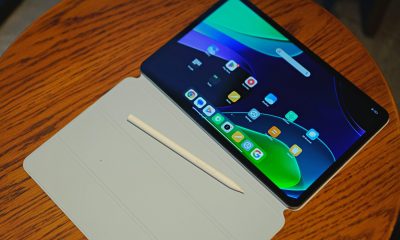
 Reviews2 weeks ago
Reviews2 weeks agoThe Xiaomi Pad 6 is great for the editor on-the-go
-
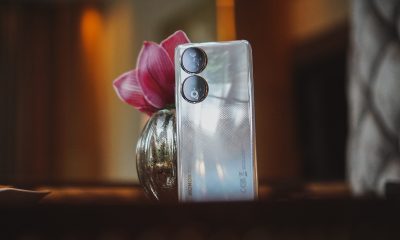
 Reviews2 weeks ago
Reviews2 weeks agoHONOR 90 review: Simply bedazzling
-
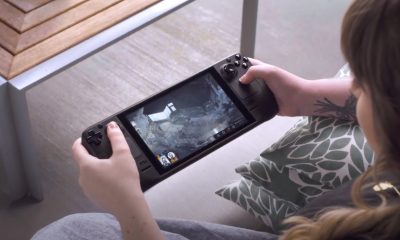
 Gaming2 weeks ago
Gaming2 weeks agoRefurbished Steam Decks are now available through Valve
-

 Health2 weeks ago
Health2 weeks agoRedmi Watch 3 Active: Basic but better
-

 Gaming2 weeks ago
Gaming2 weeks agoRockstar officially partners with Grand Theft Auto V roleplay servers
-
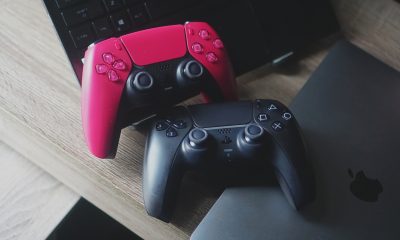
 Gaming2 weeks ago
Gaming2 weeks agoPlayStation 5 Slim supposedly leaked online
-

 Entertainment2 weeks ago
Entertainment2 weeks agoCatch Cinemalaya 2023 films at Ayala Malls this weekend
-

 Apps2 weeks ago
Apps2 weeks agoSpotify DJ feature now available in the Philippines


